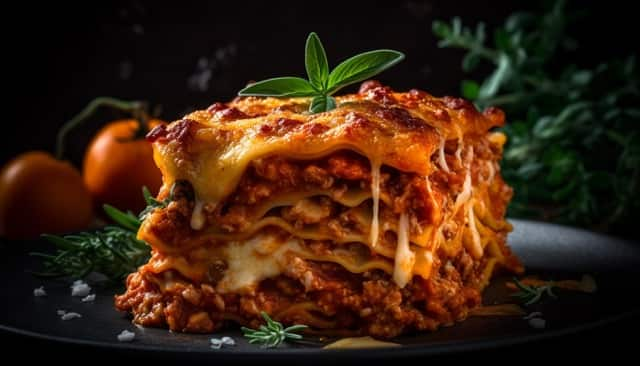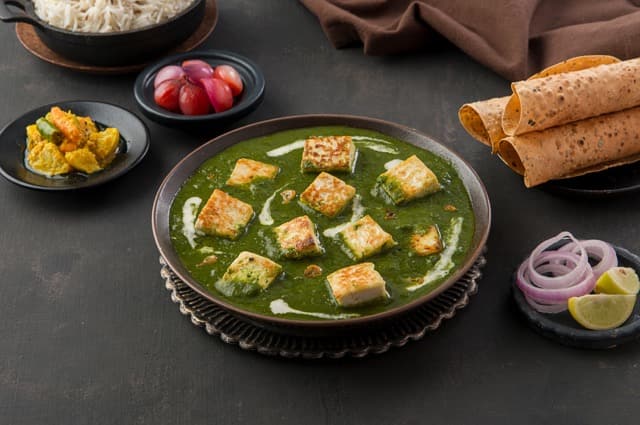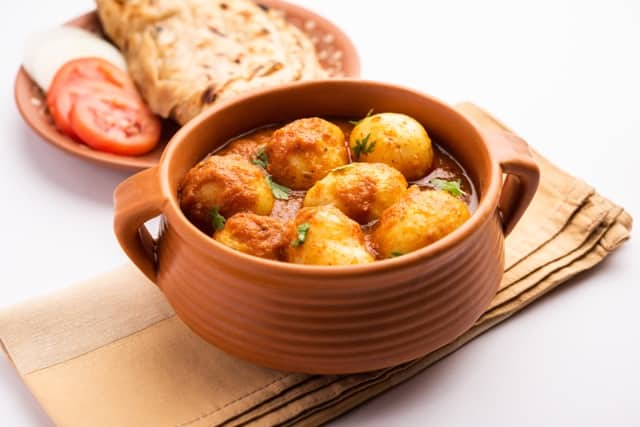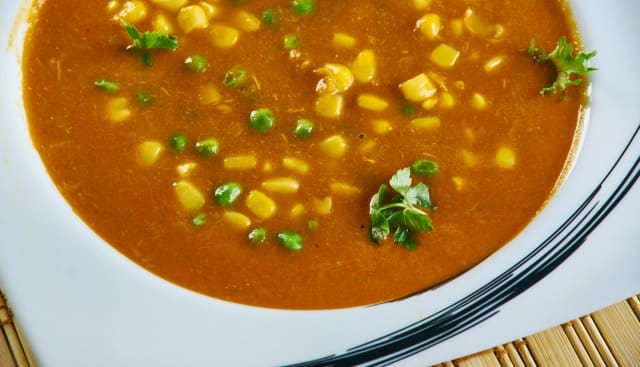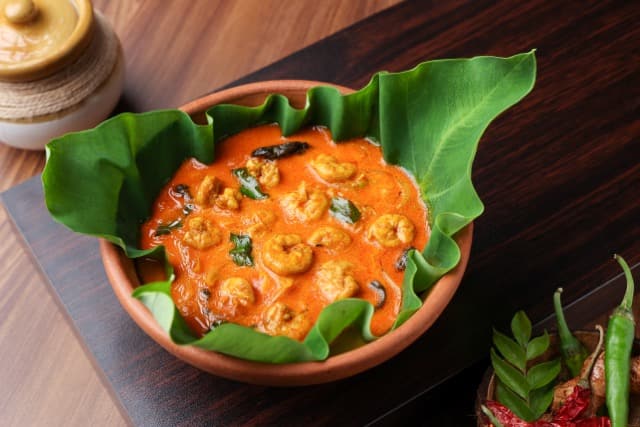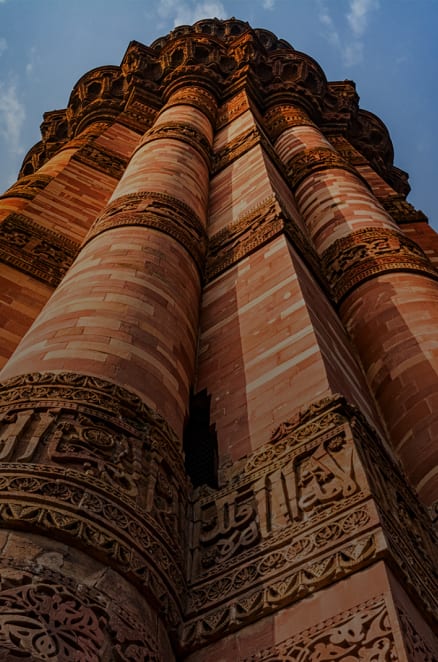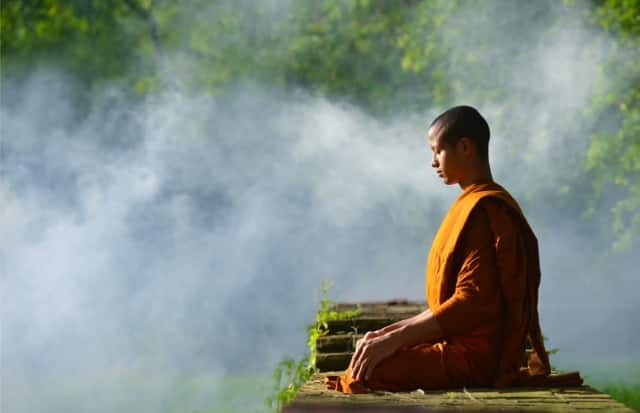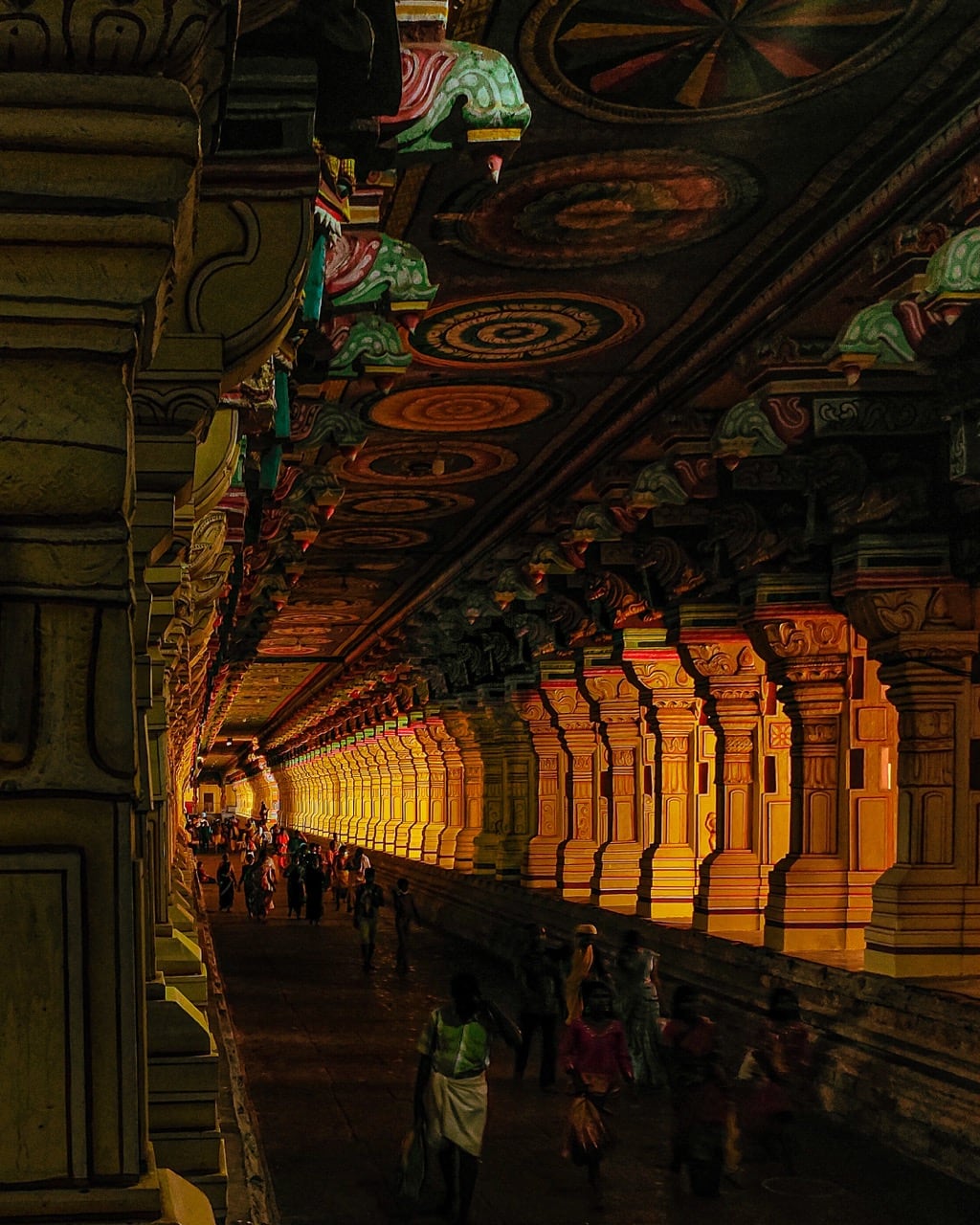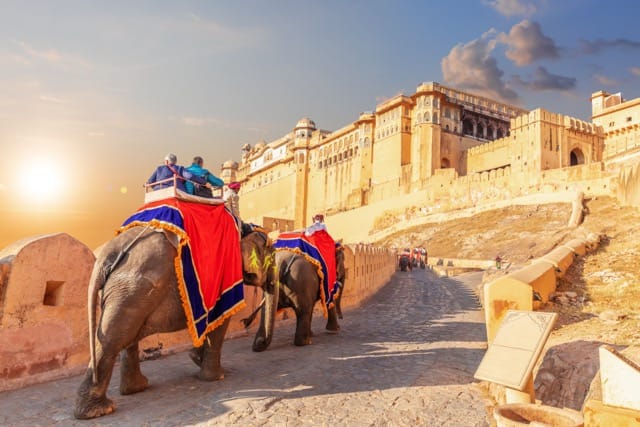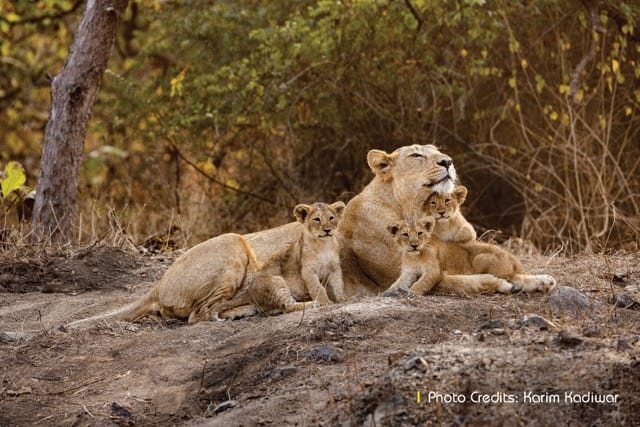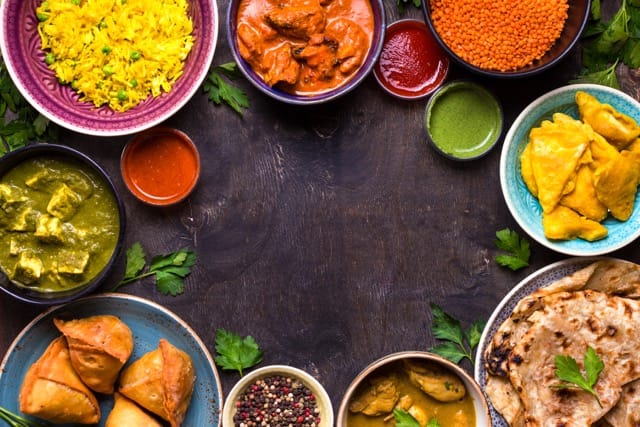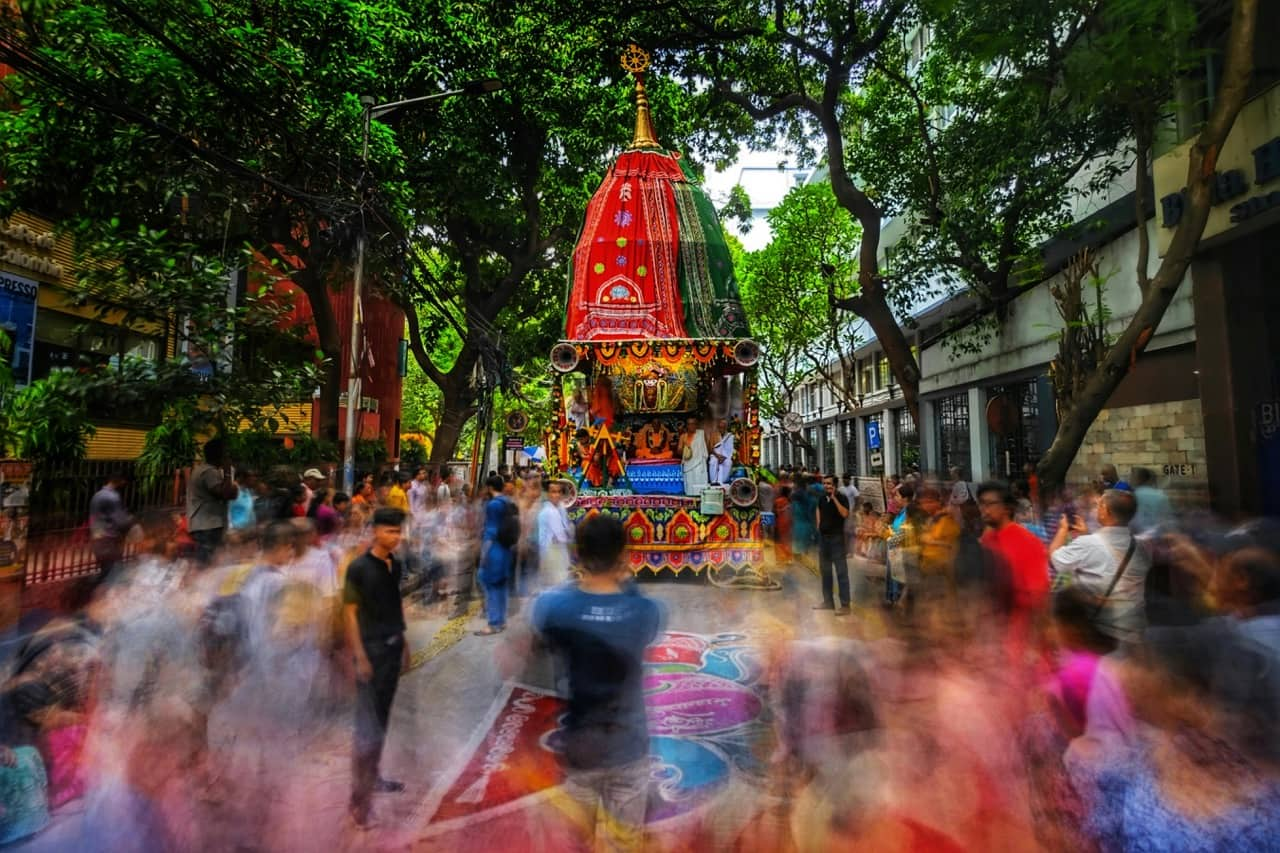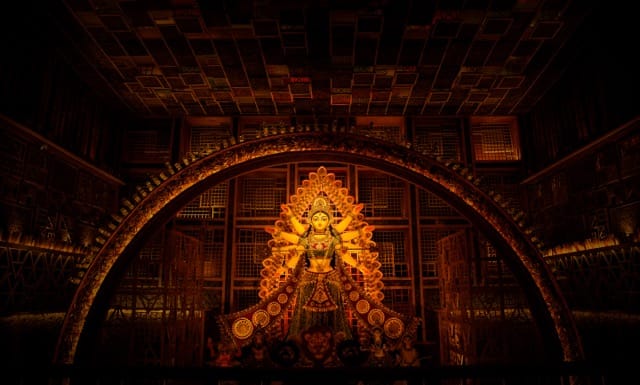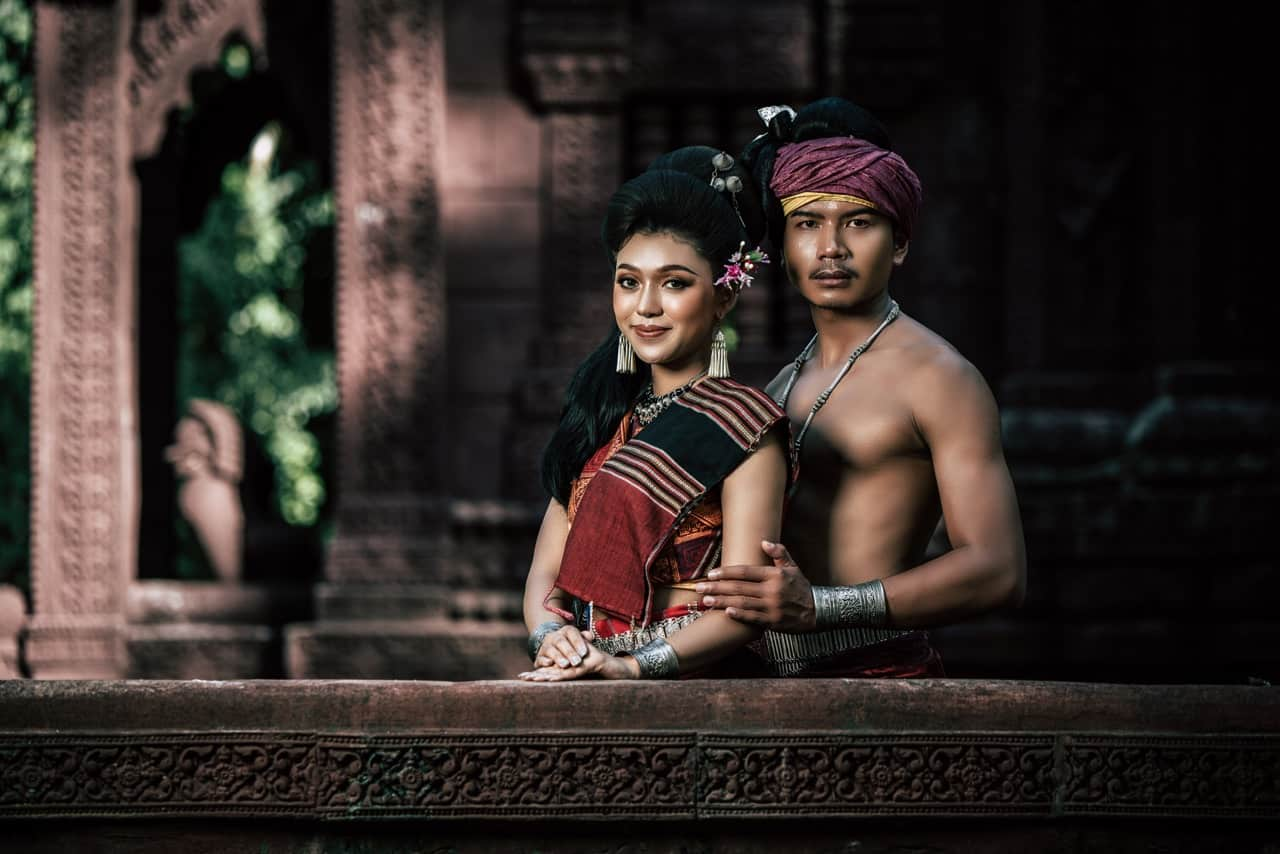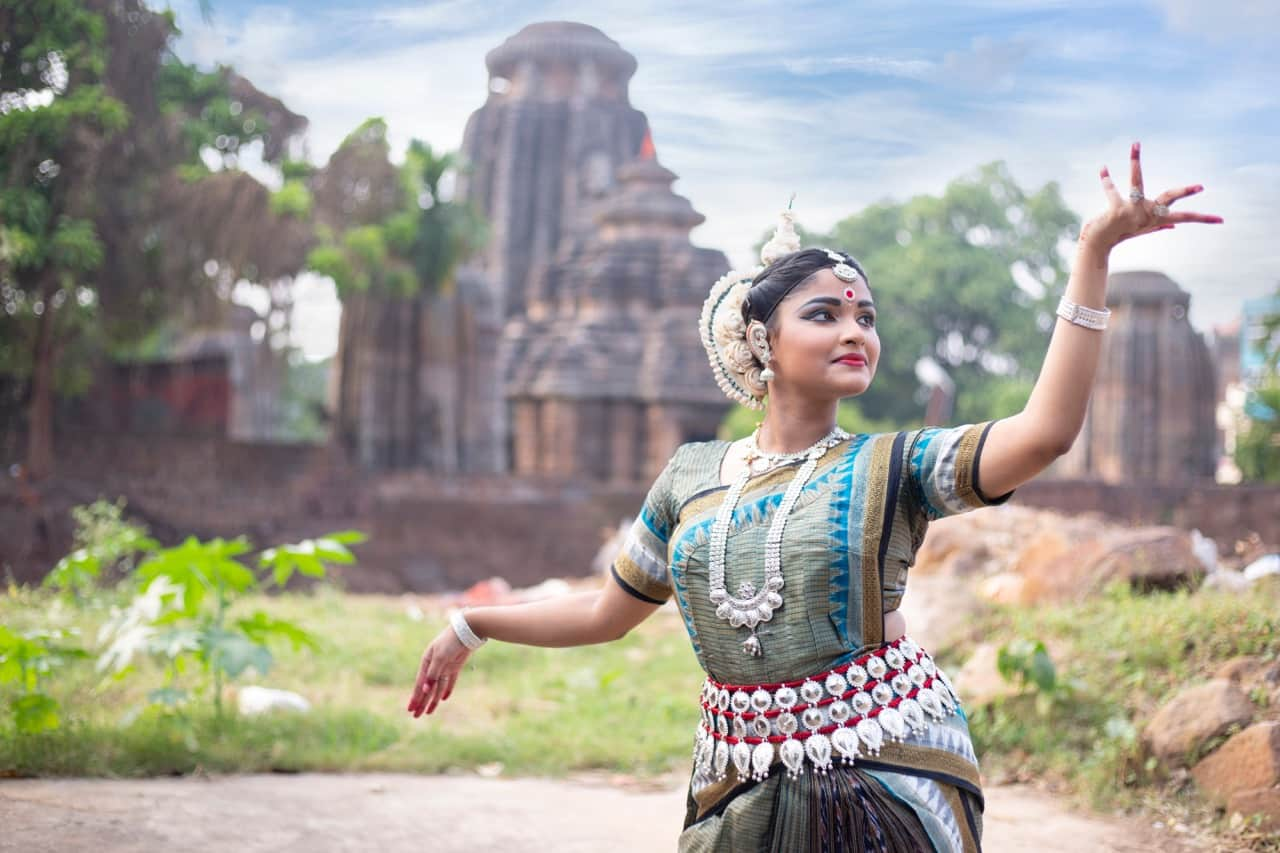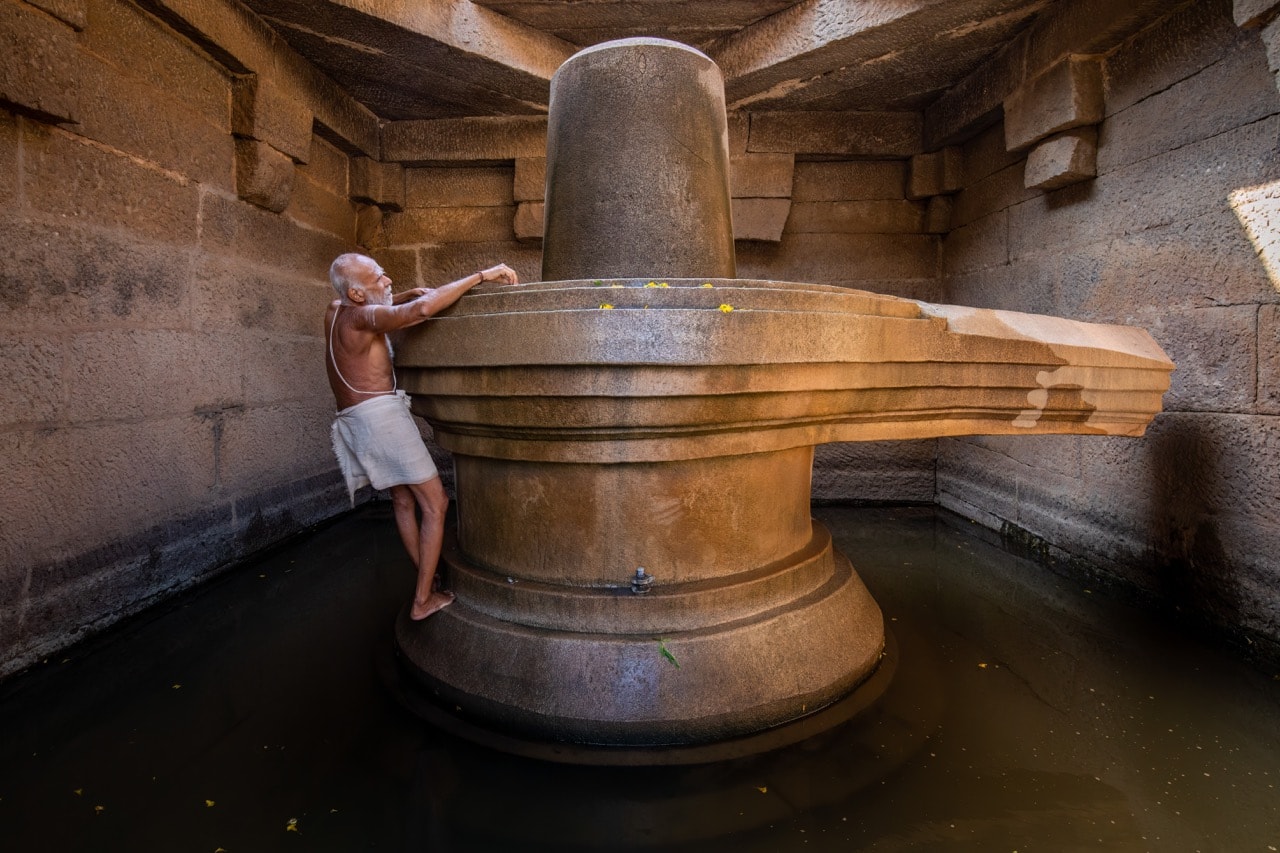The capital of Odisha, Bhubaneswar, is home to an exciting combination of ancient heritage and contemporary allure. From its majestic temples like Lingaraj and Mukteshwar to its markets and culinary delights, the city offers diverse experiences and an opportunity to learn about Odisha's rich culture. This Bhubaneswar travel guide is your key to unlocking the city's treasures. From must-visit landmarks to exploring tantalising flavours of the local food, Bhubaneswar tourism promises a lot.
How to reach Bhubaneswar
- By air: Bhubaneswar is served by Biju Patnaik International Airport (BBI), approximately 3 km from the city centre. The airport has two terminals to cater to domestic and international flights to Bhubaneswar.
- By train: Bhubaneswar boasts a well-connected railway network, with the Bhubaneswar Railway Station being the primary junction. The frequent train services makes it a convenient mode of transportation for travellers.
- By bus: Bhubaneswar can be reached from the neighbouring cities and towns through state-run and private bus services network. The Bhubaneswar Inter-State Bus Terminal (ISBT) is a central hub for bus travel. It offers a range of options for travellers exploring the region by road.
- Getting around/local transport in Bhubaneswar: Bhubaneswar offers various modes of local transportation including taxis, auto-rickshaws, cycle-rickshaws, and buses. These options provide convenient and affordable commuting within the city. Additionally, rental cars and app-based cab services are available for those seeking more personalised transportation.
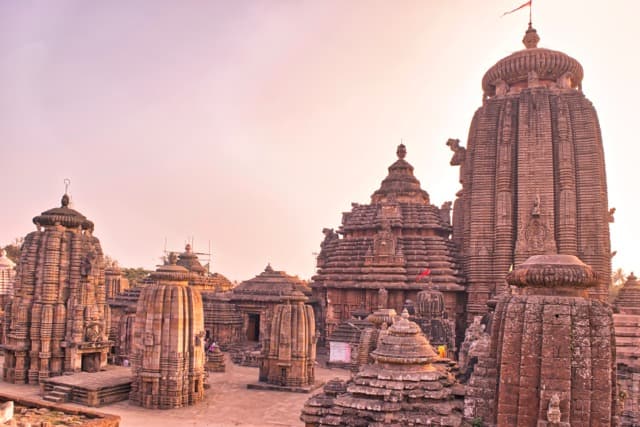
Lingaraj Temple
Lingaraj Temple is one of Bhubaneswar's most revered temples, and it is known for its exquisite architecture and religious significance. Dedicated to Lord Shiva, it features intricate carvings, towering spires, and a serene ambience that attracts devotees.
Exploration time: 1 hour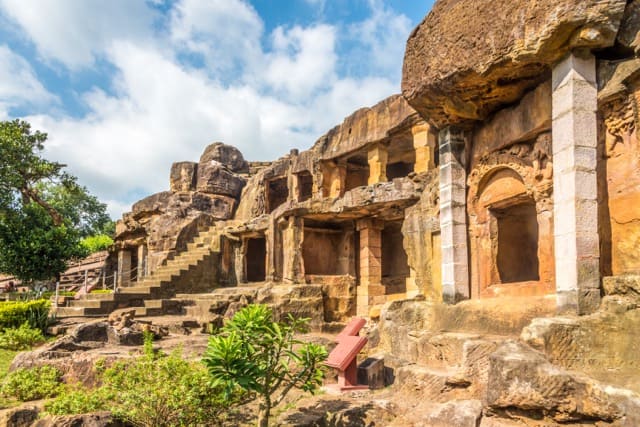
Udayagiri and Khandagiri Caves
Exploration time: 1-2 hours
Nandankanan Zoological Park
Exploration time: 3-4 hours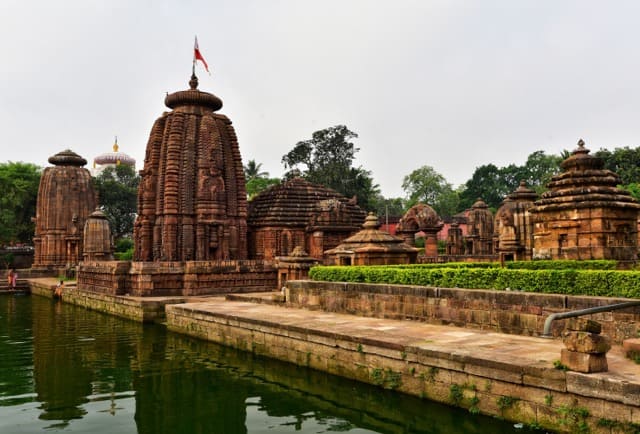
Mukteswara Temple
Exploration time: 1-2 hours
Dhauli Shanti Stupa
Exploration time: 1 hours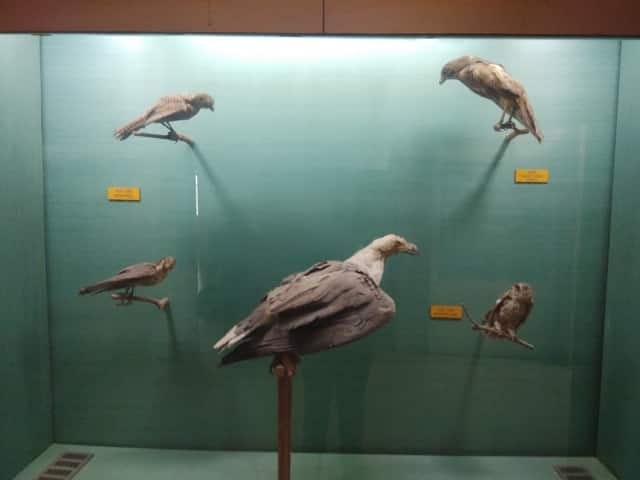
Odisha State Museum
Exploration time: 2-3 hoursPlaces to eat
While exploring the various temples and sites, trying out several authentic dishes from the city can make your trip even more riveting. Let’s go through a few places to eat at while in Bhubaneshwar.
Things To Do
If you spend time with the following activities, your trip to Bhubaneswar can be filled with uncountable memories.
Best time to visit
The best time to visit Bhubaneswar is during the winter, from October to March. These months offer cool weather which is best for exploration.
Most commonly spoken languages
Bhubaneswar offers visitors a delightful shopping experience. Explore these bustling markets to find unique handicrafts, traditional textiles, and authentic souvenirs.
- Ekamra Haat: Ekamra Haat is a cultural hub that showcases Odisha's rich heritage through its handicrafts, handlooms, and traditional artefacts. Explore locally-made products, including Pattachitra paintings, palm leaf crafts, and tribal jewellery.
- Master Canteen Square Market: Master Canteen Square Market is a hub of activity, offering many goods at affordable prices. It caters to diverse shopping needs, from clothing and accessories to household items.
- Shahid Nagar Market: Shahid Nagar Market is renowned for its fashionable clothing, footwear, and accessories collection. Browse the trendy boutiques and stalls offering latest styles and designs at budget-friendly prices.
- Bapuji Nagar Market: Bapuji Nagar Market is a popular destination for shoppers seeking traditional Odiya textiles and fabrics. From colourful Sambalpuri sarees to intricately woven ikat patterns, it showcases the rich textile heritage of Odisha.
Festivals add vibrancy to Bhubaneswar. They offer a beautiful glimpse into the rich traditions and customs of the region. Let's go through some of the most widely celebrated festivals in the city.
More reasons to visit
A trip to Bhubaneswar can become even more exciting by engaging in a few more activities. Here are some of them that you can enjoy with your friends and family.
- Explore the local craft: Dive into the rich cultural heritage of Bhubaneswar by exploring its vibrant craft villages. Witness artisans at work as they create intricate Pattachitra paintings, exquisite silver filigree jewellery, and stunning terracotta sculptures. Take home unique handcrafted souvenirs to cherish the memories of your visit to this cultural hub.
- Discover Bhubaneswar's green spaces: Escape the city's hustle and unwind in its lush green spaces. Explore parks like Buddha Jayanti Park and Indira Gandhi Park, where you can enjoy strolls and picnics with family and friends or relax amidst nature's beauty. Breathe in the fresh air, soak in the scenic views, and rejuvenate your senses in these serene oases.
- Embrace the architectural brilliance: Bhubaneswar is known for its ancient temples and offers a fascinating exploration of different architectural styles. Discover the unique Kalinga architecture in temples like Rajarani Temple, which is known for its intricate carvings and towering spires. Admire the beauty of modern structures like the Kalinga Stadium, showcasing contemporary design and infrastructure.



